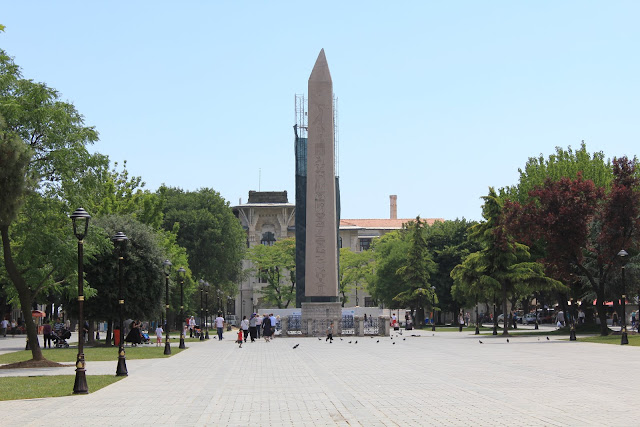 |
| The Sultan Ahmed Mosque (Turkish: Sultanahmet Camii) is a historical mosque in Istanbul, the largest city in Turkey and the capital of the Ottoman Empire (from 1453 to 1923). |
 |
| The mosque is popularly known as the Blue Mosque for the blue tiles adorning the walls of its interior. |
 |
| Another view of the Blue Mosque. |
 |
| Hagia Sophia ("Holy Wisdom") is a former Orthodox patriarchal basilica, later a mosque, and now a museum. |
 |
| The Basilica Cistern is the largest of several hundred ancient cisterns that lie beneath the city of Istanbul. The cistern, located South West of the Hagia Sophia on the historical peninsula of Sarayburnu, was built in the 6th century during the reign of Byzantine Emperor Justinian I. |
 |
| Historical Istanbul Univesity -The campus and faculties are spread throughout Istanbul, the main campus being next to Beyazıt Square. |
 |
| Another view of the Blue Mosque from distance. |
 |
| Dolmabahçe Palace is a palace in Istanbul opposite Üsküdar, on the European shore of the Bosporus. This palace was one of the most beautiful palaces that I have seen across my travels through Europe and Asia. |
 |
| It served as the main administrative centre of the Ottoman Empire from 1856 to 1922, apart from a 22-year interval (1887-1909) in which the Yıldız Palace was used. |






0 comments:
Post a Comment